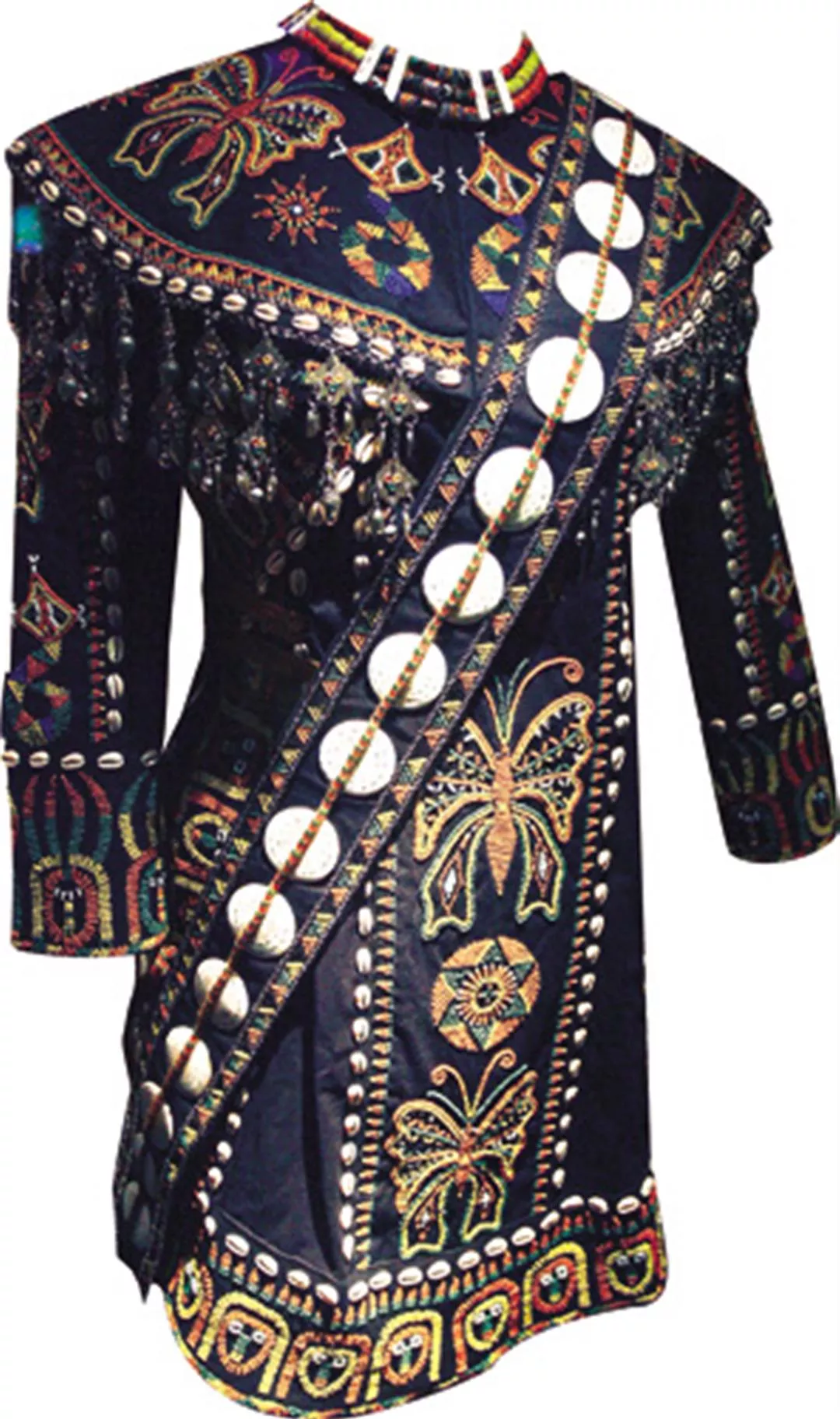"Butterfly processing"
Upon entry, the visitor sees butterfly wing collages, an artform in vogue between 1950 and 1975. Its origins can be traced to the "butterfly processing" trade, in which Taiwan once dominated the world. The unique geographical conditions of Puli, in Nantou County, attracted foreign entomologists in the 19th century who came to gather specimens. In 1918, the Japanese businessman Kiyomatsu Asakura founded the first butterfly processing plant in Taiwan, and thereafter, Puli butterflies become internationally renowned. During the industry's zenith, there were 47 butterfly shops in town.
In 1919, the Taiwanese businessman Yu Muh-sheng opened the Muh Sheng Insect Collection. His collection contained many species that were later described by Japanese scholars, including Pazala eurous asakurae and Helcyra plesseni. His son Yu Ching-kin then took over, and in 1950 he expanded into the Japanese and American markets. During the peak period, they employed nearly 2,000 butterfly catchers plus hundreds of female factory workers working in processing.
After 1970, the number of butterflies suddenly dropped around Puli due to severe habitat destruction. The center of butterfly harvesting activities moved southward, while processing moved to the north. Ong Sheng-keng, based in Taipei's Beitou, was a typical example. Besides dealing in the specimens trade, he also eagerly sold butterfly wing collages around the world. Ong, a polyglot, often wrote pieces on the insects of Taiwan for international publications. In 1968, he and Yu Ching-kin described a new species, Actias neidhoeferi, becoming the first Taiwanese researchers to publish a journal article on Lepidoptera.
Butterfly wing collages were made by first drawing a sketch, mostly copies of people or scenery from postcards. Next, suitable butterfly wings were selected and applied with resin. Altogether, between 15 million and 500 million of these delightful butterflies were exported annually between 1968 and 1975, bringing in oodles of foreign currency.
By 1975, environmental awareness had come to the fore, and the butterfly processing industry gradually waned thereafter. Many processing plants became exhibition halls, such as the Muh Sheng Museum of Entomology and the Jingji Insectarium. In 2004, well after Ong's death in 1992, his family decided to donate the insect specimens and processed goods to the National Museum of Natural Science, as many as 100,000 items in all, the largest private donation of Lepidoptera specimens to the museum.

Butterfly patterns on the clothing of Rukai women symbolize diligence.